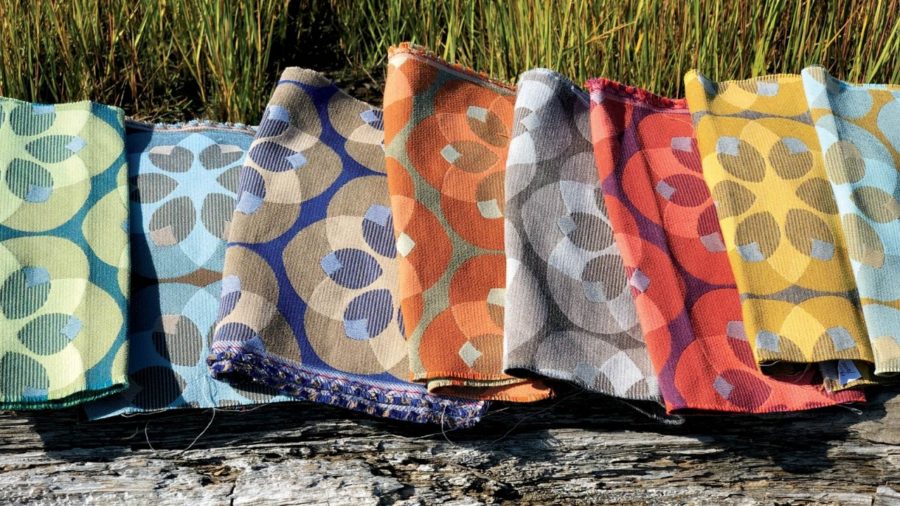
Choose Eco-Friendly Upholstery Repair Fabrics
Nowadays, all of us know that our environment plays the most important role in our lives. Therefore, we try to care about it and do not let it damage. However, in many cases, with no purpose, we do something against the environment. To let this not happen, even in upholstery repair you can have a look at eco-friendly fabrics and enjoy our great environment ours. In this respect, you need to know a couple of things before choosing eco-friendly fabrics. Hence, in this article, we will provide you with all this information.
Before we start, let’s have a look at the main things you as a customer should look for it in eco-friendly fabrics.
Higg index matters!
The sustainability of products produced by different companies is scored using Higg index. For the first time, it started with sustainable apparel coalition. Many fabrics of the upholstery industry are eco-friendly in our minds. However, they may not be that eco-friendly. For instance, many linen or wool fabrics are not good for the environment. To know this fact, you need to refer to Higg index of the fabric and look for the fabric’s score there.
It is worth mentioning that the eco-friendlier fabrics get more scores in Higg index. To finish this topic, you can also buy cotton-based fabrics for your eco-friendly upholstery repair fabrics.
Greenguard certification is also important!
You can find a set of fabrics in the market, which passed Greenguard certification. In other words, they are Greenguard certified. They passed the world’s most extensive standard for low emissions of volatile organic compounds.
The fabrics having this certification are good to use indoor or even outdoor. Therefore, they have no problems being used in schools or even healthcare centres.
One more certificate: Gots one!
Other than Greenguard certification, there is one more certificate, which is a must for fabrics to be eco-friendly. This certificate is called Gots. Gots stands for Global Organic Textile Standard.
The Gots strives to produce only organic textiles from the harvesting of the raw materials and to use only socially and environmentally responsible manufacturing practices. To become Gots certified, a textile product must have a minimum of 70% organic fibres.
We have discussed the features, which are musts for eco-friendly fabrics. However, in this respect, there are other features, which the fabrics should not have. Let’s have a look at these forbidden features.
Stay away from highly fluorinated chemicals!
Chemicals called highly fluorinated have stain and water-repellent properties. These chemicals are also known as PFCs. These chemicals are nowadays so popular and being used in many different industries. One of the reasons for their popularity is that they bring cleanability. However, this cleanability is so expensive for our environment.
PFCs cannot be broken down in the environment and this is the reason they make the environment damaged.
These are even harmful to the human body. You sit on a sofa made up of a fabric containing PFCs and you do not know that you are now vulnerable to high levels of cholesterol, thyroid problems, and testicular cancer. So, stay away from these!
Antimicrobials are also harmful!
Antimicrobials are the potential to cause developmental, hormonal, and reproductive problems. Moreover, they can be found in fabrics and consequently in different pieces of furniture and their upholstery repair.
The main reason the companies add these antimicrobials to their products is to avoid the growth of microbes in the fabrics. These antimicrobials are being washed down the drain and flow into the water stream. This is dangerous! At last, they make aquatic organisms toxic and destroy the environment.
Do not buy fabrics, which have flame retardants!
The companies want to let their fabric products pass flammability standards and therefore, they add flame retardants to the fabrics. Flame retardants are not only dangerous for human being’s life, but they are also harmful to the environment.
As for their possible problems for humans, we can mention lowered IQ and hyperactivity in children caused by these chemicals. If you are asking for flame retardants’ risks for adults, we must mention upsetting hormone disruption.
Additionally, the environment can also be damaged by these chemicals. As for the consequences of using these chemicals in upholstery repair fabrics you need to know damaging the marine food chain and being a risk for marine life.
We do not need VOC
s!
VOCs stands for Volatile Organic Compounds are also chemicals that came from liquids and solids, which vaporize at room temperature and then enter the atmosphere. These chemicals can damage indoor air quality and make your eye, nose, and throat feel bad. These chemicals can also be found in fabrics used in upholstery repair processes.
In this article, we provided the things you need to look for and the things you need to avoid having them in the fabrics of upholstery repair. However, you can call us and ask for the most eco-friendly fabric ever. Our experts are here to help you and consequently help our environment stay healthy. Do not hesitate to call us and be relaxed!
